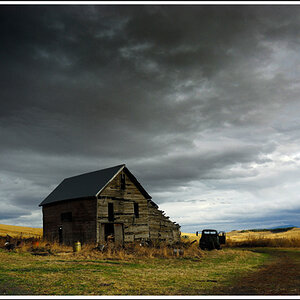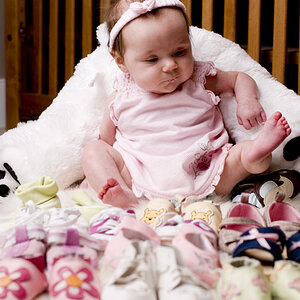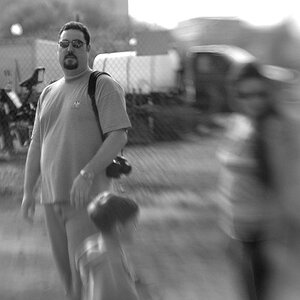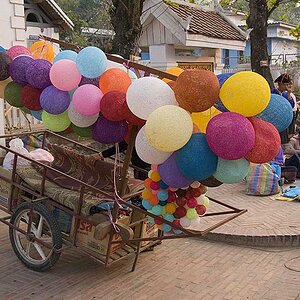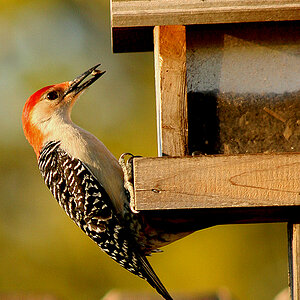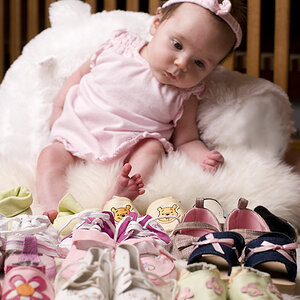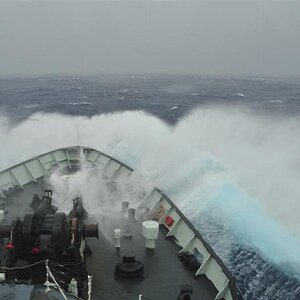sincere
TPF Noob!
- Joined
- Jan 5, 2006
- Messages
- 475
- Reaction score
- 1
- Location
- Berlin
- Can others edit my Photos
- Photos NOT OK to edit
How do i determine what lense gives a good image quality and sharpness? I know it also depends on the actual photo being shot but i am sure that besides that, there are other factors that play a major role.


